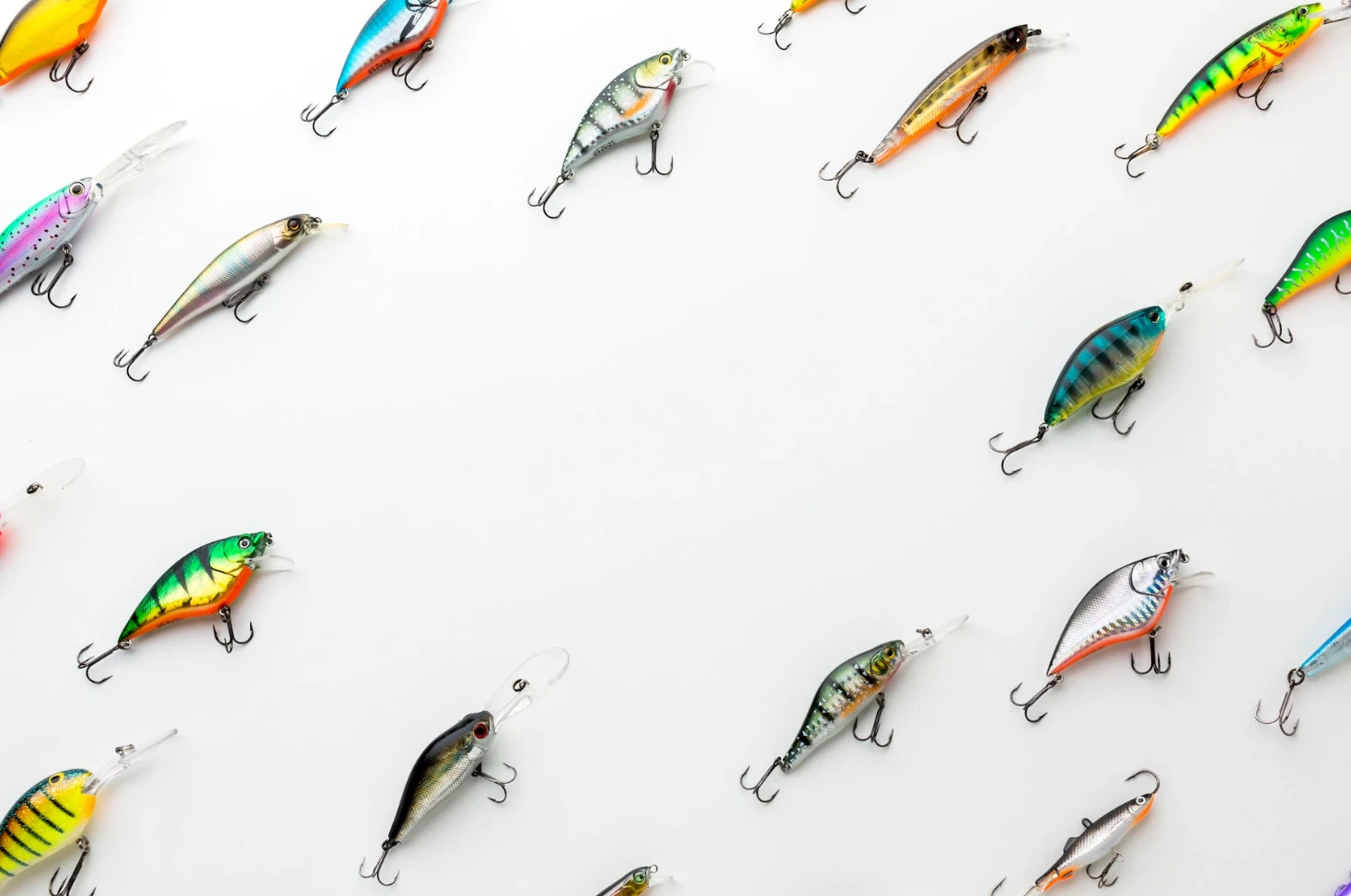Request A Free Quote
Fishing Lure: The Art of Provoking Fish to Bite

Fishing is a sport that has fascinated people all over the world for centuries. One of the essential tools that every angler needs is a fishing lure. A well-designed lure is a key factor in attracting and catching fish. A fishing lure is designed to mimic the appearance and movement of prey and provoke the fish’s predatory instincts. In this article, we will explore the different types of fishing lures and how they work.
There are many different types of fishing lures, each designed to target specific fish species. Some common types of lures include spinners, jigs, spoons, crankbaits, and soft baits. Spinners use thin metal blades to create vibrations and flashes in the water, attracting fish. Jigs are made with a weighted lead head and a soft plastic or natural bait. They work by mimicking the movement of prey, especially in freshwater fishing. Spoons are made of metal and shaped like a curved spoon. They create a fluttering action that mimics the movement of a wounded baitfish. Crankbaits are made to resemble a swimming fish and are ideal for bass and walleye fishing. Soft baits come in a variety of shapes and sizes, including worms, grubs, and frogs, and are designed to mimic the look and feel of live bait.
Fishing lures are designed to work in different types of water conditions, including freshwater and saltwater. Some lures are designed to be used in shallow waters, while others can be used in deeper waters. The color and design of the lures also play a significant role in attracting fish. Fish are attracted to bright colors such as red, orange, and chartreuse, while some fish are more attracted to natural colors such as brown and green.
The technique used when using a fishing lure is crucial. Anglers need to use different techniques to make the lure look like real prey, such as bouncing it off the bottom or twitching it just below the surface. The type of fish being targeted will also determine the type of technique used.
One of the benefits of using fishing lures is that they are reusable, unlike live bait. Furthermore, they do not require constant maintenance, such as keeping them alive and fresh as with live bait. Using lures helps reduce the need for live bait, which can have a significant impact on the environment.
In conclusion, fishing lures are an essential tool for anglers. They are designed to mimic the appearance and movement of prey and provoke the fish’s predatory instincts. By mimicking prey, lures can attract and catch different fish species. The choice of the right lure is based on the type of fish you are targeting and the water conditions you will be fishing in. Choosing the right lure and using the right technique will help make your fishing experience more successful and enjoyable.






